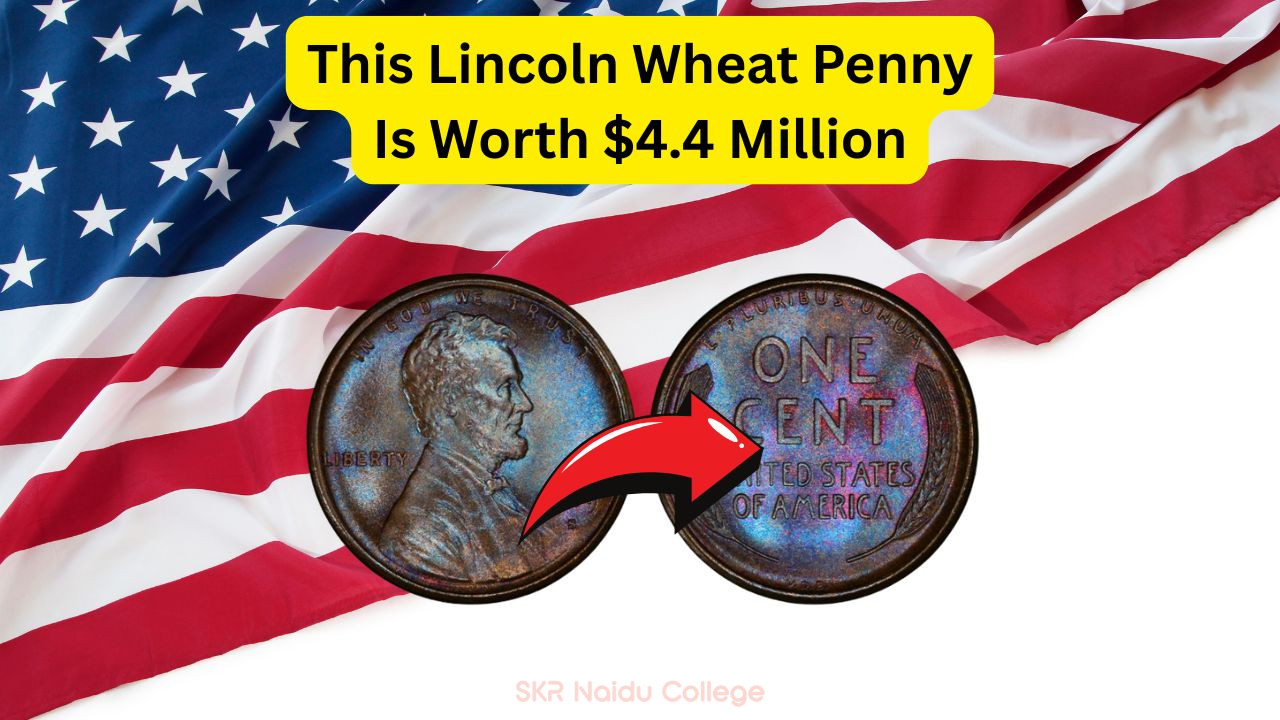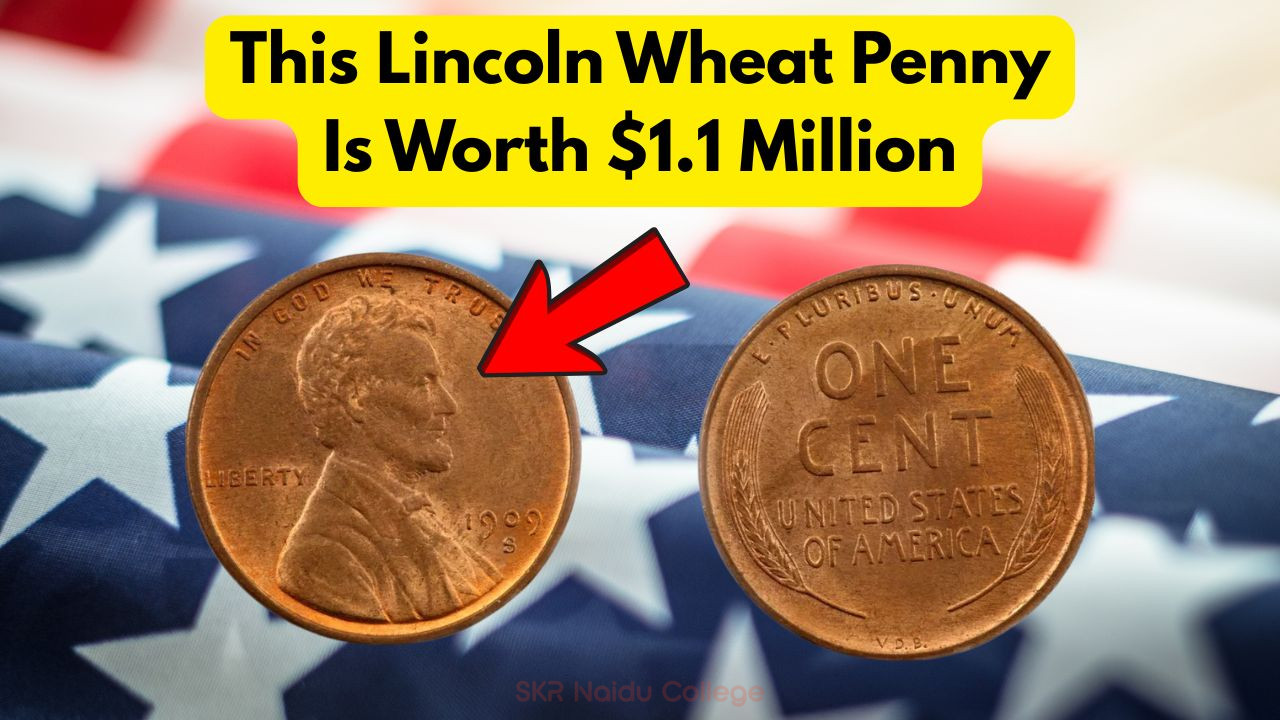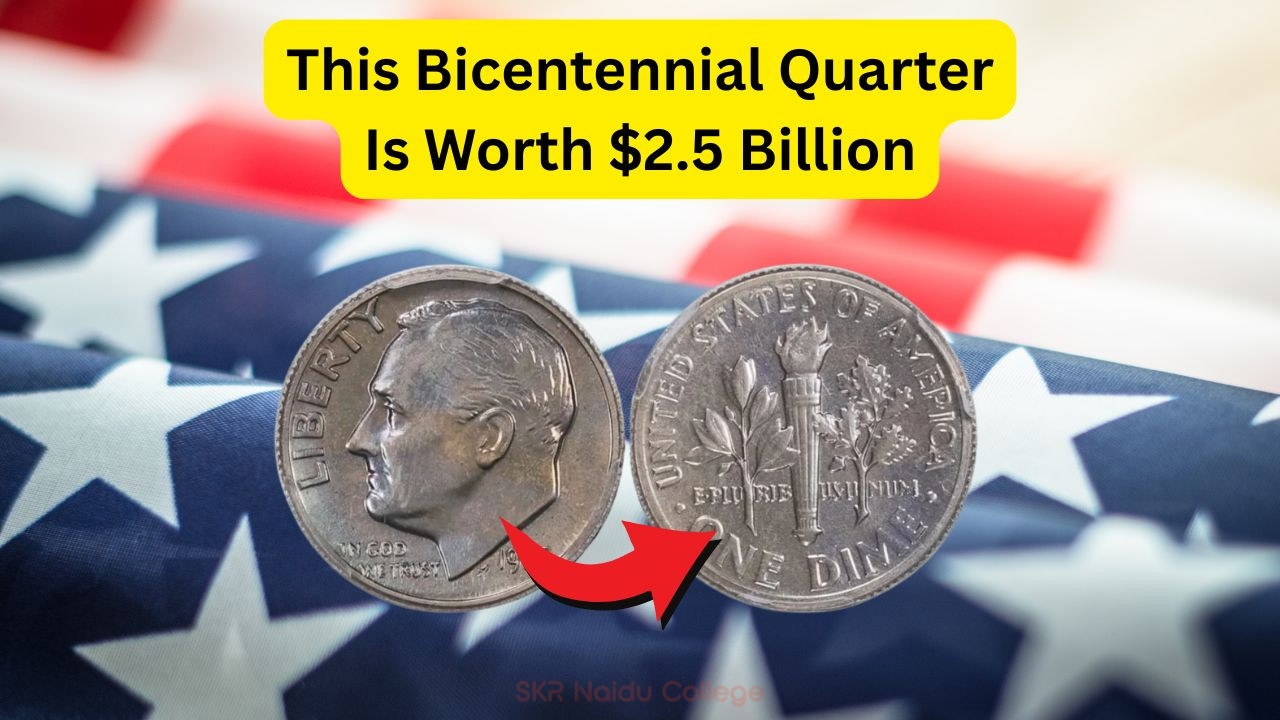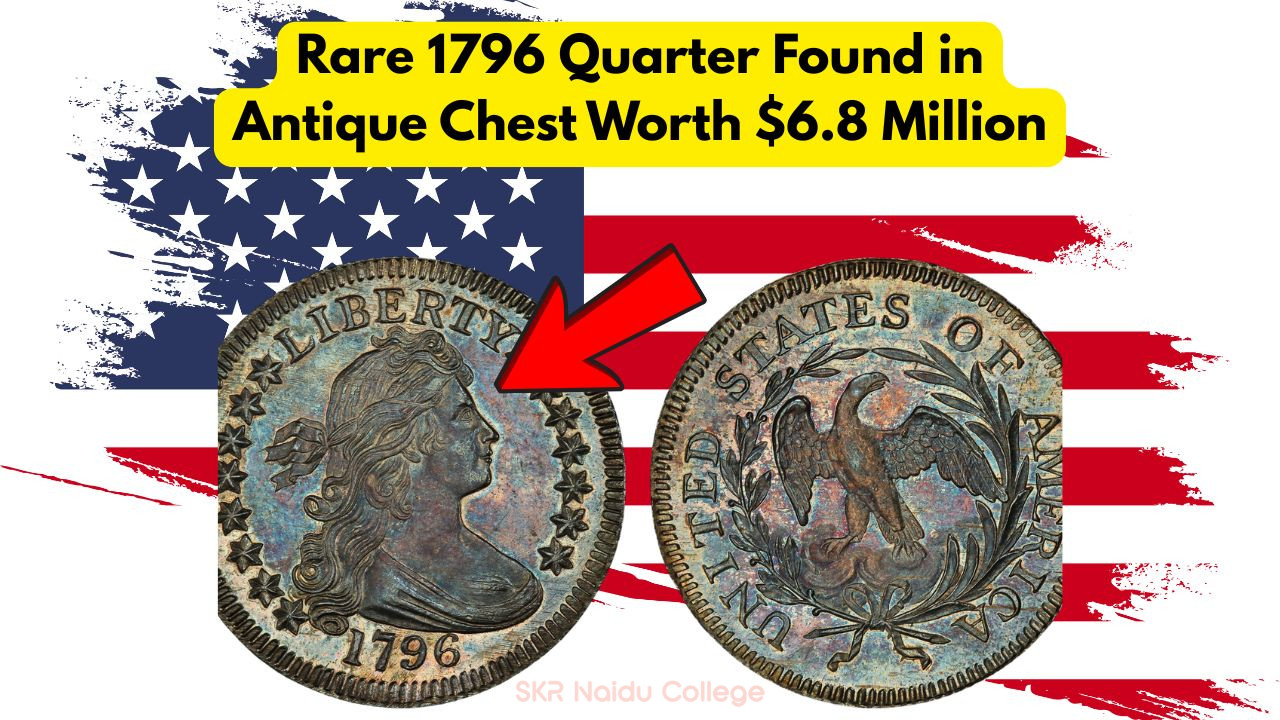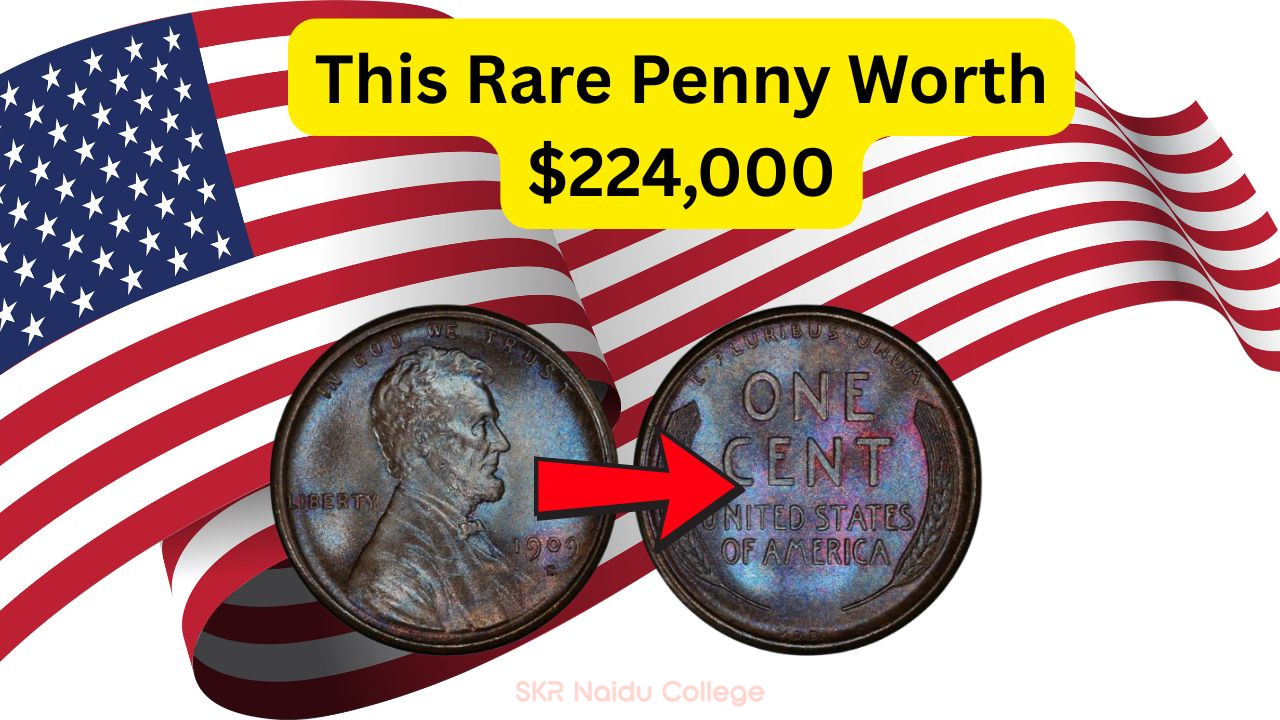Discover the $4.4 Million Lincoln Wheat Penny That Transformed Coin Collecting
The Astonishing Value of the Lincoln Wheat Penny
The $4.4 Million Lincoln Wheat Penny: Numismatics, the study or collection of currency, including coins, tokens, paper money, and related objects, is a field filled with fascinating stories of rare finds and unexpected treasures. One of the most intriguing tales is that of the Lincoln Wheat Penny, valued at an astonishing $4.4 million. This small copper coin, minted during a time when pennies were often overlooked, has become a symbol of the unpredictable nature of coin collecting, capturing the imagination of numismatists worldwide.
- The Lincoln Wheat Penny was first minted in 1909.
- It features the iconic image of President Abraham Lincoln.
- Several variations exist, each with unique characteristics.
- The 1943 bronze cent is one of the most sought-after versions.
- Rarity and historical significance contribute to its high value.
- Auctions have seen competitive bidding for these coins.
- The penny’s value has consistently increased over the years.
- Collectors often seek specific mint marks and errors.
The History Behind the Lincoln Wheat Penny
The Lincoln Wheat Penny, also known as the Lincoln Cent, was introduced in 1909 to commemorate the 100th anniversary of Abraham Lincoln’s birth. Designed by Victor David Brenner, this penny marked a significant shift in American coinage as it was the first U.S. coin to feature a real person. Prior to this, American coins typically displayed allegorical figures. The change was monumental and reflected a growing trend towards honoring notable individuals. The wheat ears on the reverse side symbolize peace and prosperity, echoing Lincoln’s legacy and the nation’s agricultural roots.
| Year | Mint Mark |
|---|---|
| 1909 | V.D.B. |
| 1914 | D |
| 1922 | No D |
| 1931 | S |
| 1943 | Bronze |
| 1955 | Double Die |
| 1972 | Double Die |
| 1982 | Copper |
The Impact of the $4.4 Million Penny on Coin Collecting
The record sale of the $4.4 million Lincoln Wheat Penny has had a profound impact on the world of numismatics. This sale not only highlighted the monetary potential of coin collecting but also fueled a renewed interest in pennies, a denomination often disregarded in favor of larger coins or bills. The staggering price tag has encouraged collectors to take a closer look at their collections, possibly uncovering hidden treasures among seemingly mundane coins. Additionally, it has inspired a new generation of collectors who are intrigued by the history and stories behind each coin.
| Year | High Sale Price | Rarity | Condition | Demand |
|---|---|---|---|---|
| 1909 | $10,000+ | Rare | Mint State | High |
| 1914 | $150,000+ | Very Rare | Mint State | Very High |
| 1922 | $80,000+ | Extremely Rare | Mint State | High |
| 1931 | $20,000+ | Rare | Mint State | Medium |
| 1943 | $1,000,000+ | Ultra Rare | Mint State | Very High |
| 1955 | $50,000+ | Rare | Mint State | High |
| 1972 | $10,000+ | Rare | Mint State | Medium |
Factors Influencing the Value of Rare Pennies
Determining the value of rare pennies like the Lincoln Wheat Penny involves a complex interplay of factors. Rarity, as always, plays a crucial role; the fewer the number of a particular coin in existence, the higher its potential value. Historical significance also adds to a coin’s allure; collectors often seek coins that have unique stories or are tied to significant events. The condition of the coin, graded on a scale from poor to mint state, significantly affects value, with coins in better condition fetching higher prices. Additionally, market demand fluctuates based on collector interest, economic factors, and trends in the numismatic community.
- Rarity and scarcity of the coin in the market.
- Historical events linked to the coin’s issuance.
- Condition and grading of the coin.
- Market trends in the numismatic community.
- Unique errors or variations in the coin’s design.
- Provenance and previous ownership of the coin.
- Economic climate and collector sentiment.
- Presence of any unique mint marks.
The Story of the 1943 Bronze Cent
The 1943 Bronze Cent is perhaps one of the most famous variations of the Lincoln Wheat Penny. During World War II, copper was a critical material for wartime production, leading the U.S. Mint to produce pennies from zinc-coated steel. However, a few bronze blanks from the previous year were mistakenly used, resulting in a small number of bronze cents being produced. These coins are exceptionally rare and have become highly sought after by collectors. The discovery of a 1943 bronze cent can be likened to finding a needle in a haystack, with only a handful known to exist, making it a prized possession for any numismatist.
| Year | Material |
|---|---|
| 1943 | Bronze |
| 1943 | Steel |
| 1943 | Zinc-Coated Steel |
| 1944 | Copper |
| 1944 | Steel |
| 1944 | Zinc-Coated Steel |
| 1944 | Bronze |
Identifying a $4.4 Million Penny
For those hoping to identify a $4.4 million penny within their own collection, there are key characteristics to look for. Authentic Lincoln Wheat Pennies, particularly those of high value, will have distinct features that set them apart from regular pennies. Collectors should look for specific mint marks, which can indicate the coin’s origin and rarity. Errors such as double dies or off-center strikes are also indicators of a potentially valuable penny. Authenticating a rare penny often requires professional appraisal to verify its legitimacy and assess its condition accurately.
- Mint Mark: Look for unique mint marks.
- Errors: Identify any double dies or off-center strikes.
- Condition: Ensure the coin is in near-perfect condition.
- Material: Confirm the coin’s material matches rare variations.
- Professional Appraisal: Seek expert evaluation for authenticity.
Notable Sales and Auctions
The world of coin auctions often sees fierce competition, especially when rare coins, such as the Lincoln Wheat Penny, are up for grabs. Notable sales have set records and drawn attention to the lucrative potential of coin collecting. Auction houses frequently host events dedicated to numismatics, attracting bidders from around the globe. These events not only provide a platform for buying and selling but also offer a glimpse into the rich history and stories behind each coin. Collectors and investors alike are drawn to these auctions, hoping to acquire a piece of history or make a profitable investment.
- High-profile auctions attract international bidders.
- Record-breaking sales highlight the coin’s value.
- Collectors seek rare variations and unique specimens.
- Auctions provide insight into numismatic trends.
- Investors view rare coins as lucrative assets.
The Future of Coin Collecting
The sale of the $4.4 million Lincoln Wheat Penny has undoubtedly influenced the future of coin collecting, sparking a renewed interest in numismatics. As technology advances, tools for identifying, appraising, and trading coins have become more accessible, broadening the appeal of this hobby. Online platforms now facilitate the buying and selling of coins, connecting collectors across continents. The community of numismatists continues to grow, united by a shared passion for history, art, and the stories encapsulated in each coin. The future of coin collecting looks promising, with rare finds continuing to inspire awe and curiosity.
- Technology enhances coin identification and appraisal.
- Online platforms expand the global collector community.
- Rare finds continue to inspire new collectors.
- The numismatic community grows and evolves.
- Coins are valued for their historical and artistic significance.
FAQs About the $4.4 Million Lincoln Wheat Penny
What makes the Lincoln Wheat Penny so valuable?
The value of the Lincoln Wheat Penny is primarily due to its rarity, historical significance, and unique errors or variations that make it a collector’s dream.
How can I determine if my penny is valuable?
Examine your penny for rare mint marks, errors, and its overall condition. Professional appraisal is recommended for an accurate assessment.
Where can I sell my rare pennies?
Rare pennies can be sold through reputable auction houses, coin dealers, or online marketplaces that specialize in numismatics.
Are there modern pennies that are valuable?
Yes, some modern pennies with unique errors or limited mintages can be valuable. Always check for special variations and seek expert advice.
Why are some Lincoln Wheat Pennies more sought after than others?
Some pennies are more sought after due to their rarity, condition, historical context, and demand among collectors.
